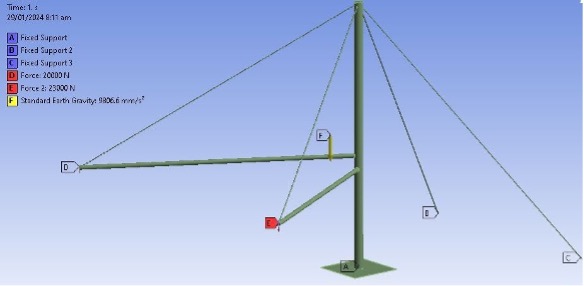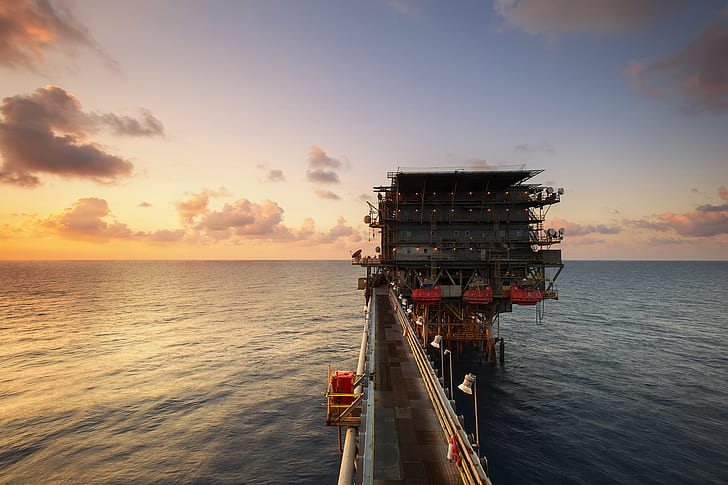Derricks on fishing ships are vital for managing and lifting heavy loads, such as nets, traps, and catches. Their primary role is to ensure the smooth and safe transfer of substantial weights from the sea to the deck. The design and structural integrity of derricks are critical, as they must withstand significant forces and harsh marine environments. A well-engineered derrick not only boosts operational efficiency but also ensures the safety of the crew.
Given the economic and logistical importance of fishing vessels in the maritime industry, optimizing derrick structures to improve performance and reduce weight is crucial. These advancements enhance fuel efficiency, increase payload capacity, and contribute to the overall sustainability and profitability of fishing operations. Consequently, innovations in derrick design and optimization are essential for improving the capabilities and reliability of modern fishing ships.
Key Issues
The structural integrity and efficiency of derricks on fishing vessels are vital due to their essential role in lifting substantial loads. In this study, a derrick structure featuring a central mast and two lifting booms, supported by guy cables, was analyzed. Designed to handle a total lifting load of 4,300 kg, the primary challenge was to reduce the overall weight of the derrick without compromising safety and performance, with a goal of maintaining a factor of safety (FOS) of 3.0.
Solution
To tackle the challenge of reducing the derrick’s weight while maintaining its structural integrity, we employed advanced engineering tools. The process began with a Finite Element Method (FEM) based structural analysis using the ANSYS Workbench Structural Analysis Tool. This analysis was key to understanding stress distribution and deformation patterns under specific loading conditions. The FEM analysis provided detailed insights into the derrick’s structural behavior, highlighting critical stress areas and potential material optimization opportunities.
Following the structural analysis, we used the ANSYS Workbench Optimization Toolbox for the structural optimization process. The primary objective was to minimize the derrick’s weight while ensuring the design maintained the required factor of safety of 3.0. Several design variables were considered, including the diameter of the central mast, the diameter of the lifting booms, and the thickness of the stiffeners. These parameters were selected based on their significant impact on the derrick’s overall weight and structural performance.
Conclusion
The optimization process resulted in a 36% reduction in the derrick’s weight compared to the unoptimized design. This weight reduction was achieved while maintaining the necessary factor of safety of 3.0, ensuring the optimized design met all performance and safety standards. The successful application of FEM analysis and structural optimization demonstrated the potential for enhancing the efficiency and performance of derrick structures on fishing ships, providing a reliable solution for weight reduction without compromising structural integrity.




